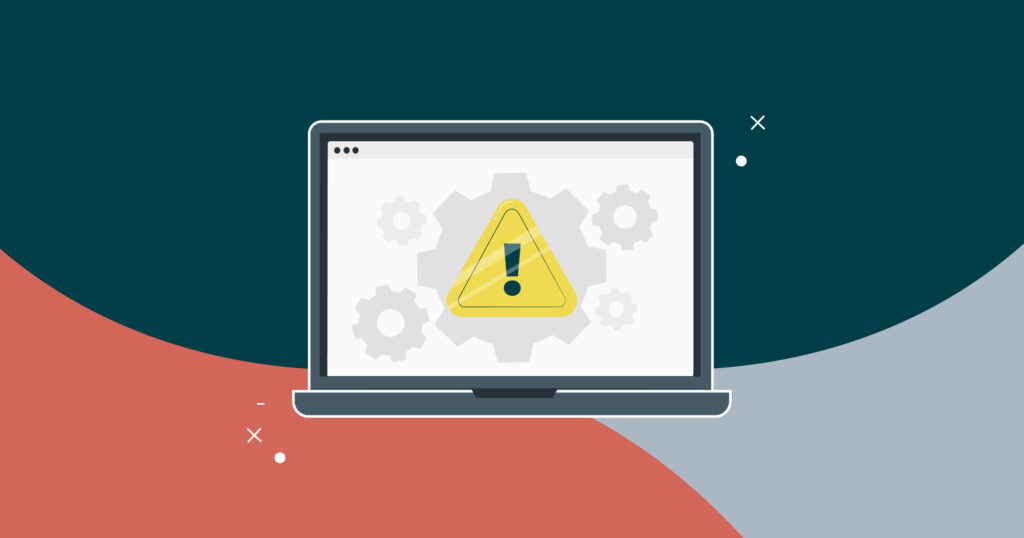Table of Contents
Introduction:
Google Search Console is a cornerstone tool for website owners, providing invaluable insights into their site’s interaction with Google’s search algorithms. However, encountering the status “Crawled – Currently Not Indexed” can be perplexing. In this guide, we delve into this status, unraveling its significance, potential causes, and actionable steps to rectify the issue.
Understanding “Crawled – Currently Not Indexed”:

When Googlebot crawls a webpage, it analyzes its content for indexing. Yet, despite this evaluation, certain pages may not make it into Google’s index. This status, indicated as “Crawled – Currently Not Indexed,” signifies that while Googlebot has assessed the page, it hasn’t met the criteria for inclusion in the index.
Potential Reasons for Non-Indexing:
- Content Quality Issues: Pages with thin, duplicate, or irrelevant content may not meet Google’s indexing standards.
- Indexing Directives: “Noindex” meta tags or directives in robots.txt can explicitly instruct Google to skip indexing specific pages.
- Crawlability Challenges: Technical issues like server errors or JavaScript reliance may hinder Googlebot’s crawling and indexing.
- Canonicalization Conflicts: Conflicting canonical tags may confuse Google’s indexing process, resulting in non-indexation.
- Site Performance: Pages with poor performance metrics, such as slow loading times, may be deprioritized for indexing.
Addressing the Issue:
- Enhance Content Quality: Focus on creating high-quality, relevant content that engages your audience and aligns with search intent.
- Review Indexing Directives: Ensure pages intended for indexing aren’t inadvertently blocked by “noindex” directives.
- Optimize Crawlability: Address technical issues like broken links and server errors to improve Googlebot’s crawling efficiency.
- Clarify Canonicalization: Resolve conflicts in canonical tags to provide clear directives for indexing.
- Optimize Site Performance: Improve loading times and overall site performance to enhance crawlability and user experience.
Advanced Strategies and Considerations:
- Structured Data Implementation: Utilize structured data markup to provide additional context to search engines.
- XML Sitemap Submission: Maintain an updated XML sitemap and submit it to Google Search Console for efficient crawling.
- Adhere to Webmaster Guidelines: Stay informed about Google’s guidelines and best practices for website optimization.
- Monitor and Iterate: Continuously monitor site performance in Google Search Console and refine optimization efforts based on insights.
Conclusion:
The “Crawled – Currently Not Indexed” status in Google Search Console highlights potential issues hindering a page’s indexing. By understanding the underlying causes and implementing strategic optimization efforts, website owners can improve their pages’ visibility and search performance. Through a proactive approach to SEO, informed by data and best practices, websites can maximize their potential for success in the competitive world of online search.
Google Search Console serves as an essential tool for website owners, offering valuable insights into how Google interacts with their websites. One of the statuses that website owners may encounter is “Crawled – Currently Not Indexed.” This status indicates that Googlebot has successfully crawled a webpage but has not included it in Google’s index.
When a page is crawled but not indexed, it means that Google has evaluated its content but has not deemed it suitable for inclusion in search results. There are several potential reasons for this status, including issues with content quality, indexing directives, crawlability challenges, canonicalization conflicts, and site performance.
Content quality is paramount for indexing. Pages with thin, duplicate, or irrelevant content may not meet Google’s indexing standards and may be excluded. Additionally, indexing directives such as “noindex” meta tags or directives in the robots.txt file can instruct Google to skip indexing specific pages.
Technical issues, such as server errors or JavaScript dependencies, may hinder Googlebot’s ability to crawl and index a page effectively. Conflicting canonical tags may also confuse Google’s indexing process, leading to non-indexation. Moreover, pages with poor performance metrics, such as slow loading times, may be deprioritized for indexing.
Addressing the “Crawled – Currently Not Indexed” status involves enhancing content quality, reviewing indexing directives, optimizing crawlability, clarifying canonicalization, and optimizing site performance. By focusing on these areas and adhering to best practices, website owners can improve their pages’ chances of being indexed by Google.
In conclusion, the “Crawled – Currently Not Indexed” status in Google Search Console highlights potential issues preventing a page from being included in Google’s index. By understanding the reasons behind this status and taking appropriate actions, website owners can enhance their pages’ visibility and search performance, ultimately improving their online presence.
For More Information Please Visit These Websites Craiyon And Vecteezy